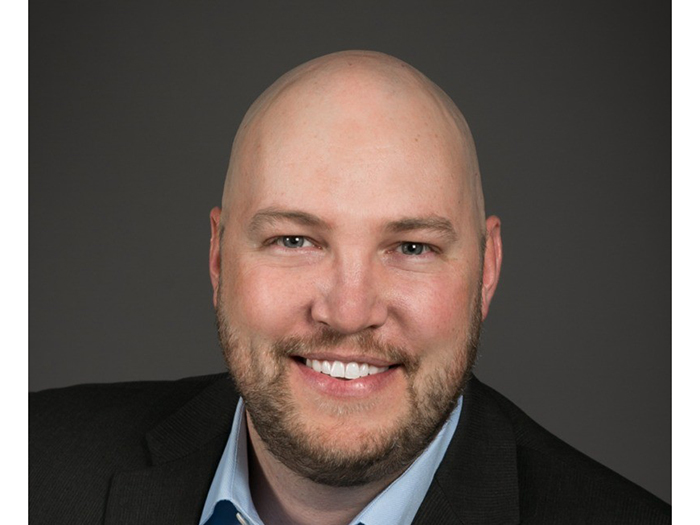Carriers Will Pay When Insurtech Doesn’t Deliver on Big Promises

The promise of new technology historically tends to be rooted more in hype than reality. Insurtech is not immune.
While Insurtech has proven useful in streamlining claims management, garnering more granular data and improving customer experience, it hasn’t revolutionized the industry as dramatically as some predicted.
In addition to its advantages, any new tool or solution inevitably introduces its own risks — one of which is the chance that it will underdeliver on its promises or fail altogether.
A recent New York Times article detailed one such example in a Silicon Valley-based startup claiming to use artificial intelligence and machine learning to optimize disaster response.
The Product
One Concern is a tech firm founded by Stanford grads seeking to help cities prioritize first response efforts after a disaster.
Often, as in the earthquake that struck Napa Valley in 2014, emergency responders are inundated with 911 calls from all over the region and struggle to determine who is in the greatest danger and should be rescued first. A disorganized response could result in many preventable deaths.
Using a city’s property, topographic, seismographic and demographic data, One Concern claims to be able to predict an earthquake’s damage with up to 85% accuracy within 15 minutes.
Using artificial intelligence, the models are meant to continually update as real-time information is fed into the system during a disaster. These prediction models can theoretically help city emergency departments pre-plan their disaster response efforts, prioritize hardest-hit areas first and save more lives.
So far, One Concern has attracted $55 million in venture capital funding and has worked with the U.S. cities of San Francisco and Seattle, as well as the Japanese city of Kumamoto and the states of Pennsylvania and Arizona.
The Controversy
A few cities have decided not to renew their contracts with One Concern after discovering errors in its prediction models.
These errors, the cities claim, are so significant that disaster response decisions based on the startup’s models could actually lead to greater loss of life.
An official with Seattle’s emergency department, for example, noted some major structures in the metropolitan area, including a big box store and parts of a university campus, were left out of the analysis completely due to lack of data.
Many have also complained about the lack of transparency in how One Concern generates its models and applies artificial intelligence, and how it arrives at its touted figure of 85% accuracy within 15 minutes. The company has not disclosed how it tests the accuracy of its models, and has not submitted its results for independent, third-party review.
Of the data sources and methodology that One Concern has disclosed, the Times article points out that much of it is already publicly available, free of charge. This includes building codes, liquefaction maps, census data and FEMA resources including their own damage-prediction tools.
One Concern’s business model has also drawn ire.
The company has partnered with insurance companies that will pay for a city’s use of the service in exchange for the data that One Concern compiles and the models it builds.
This is currently the case in Seattle, where American Family Insurance is subsidizing the cost of the service, and in Japan, where the nation’s second-largest property insurer, Sompo, is covering the cost for Kumamoto.
Critics claim the partnerships demonstrate a prioritization of profit over the stated purpose of saving lives.
The Response
One Concern has claimed that it does not disclose the details of its methodology for competitive reasons. It also points out that it has never claimed its product should replace first responders’ own judgement and that there will always be a margin of error.
Though many of the data sources are already available, the company argues its value lies in its ability to bring all of those sources together into one holistic picture of risk. For most emergency offices, this would be a laborious and technically challenging task.
As for its insurance partnerships, the company’s founders say they are necessary in order to help cities secure funding for the service.
The Takeaway for Insurers
Insurers that have partnered with One Concern say they may be able to use the data to support more granular underwriting, customizing property policies per building based on the level of risk that the models display. The data should help insurers more accurately price risk and set reserve levels.
In theory, this would facilitate a smoother claims process post-disaster and help cities get back on their feet faster.
However, the carriers may regret footing the bill for cities’ contracts if the models prove to be inaccurate, their data outdated and incomplete. Especially without greater transparency, insurers can’t be certain that One Concern’s AI-driven methodology outperforms any existing disaster models.
Even worse, if the startup’s faulty models actually worsen post-disaster response, then insurers who issued policies based on those models may end up covering losses much larger than anticipated.
The story is a warning that while Insurtech companies offer the advantage of access to data and more advanced technological capabilities, insurers must still conduct their due diligence. If a new tool or solution seems too good to be true, it probably is. &










